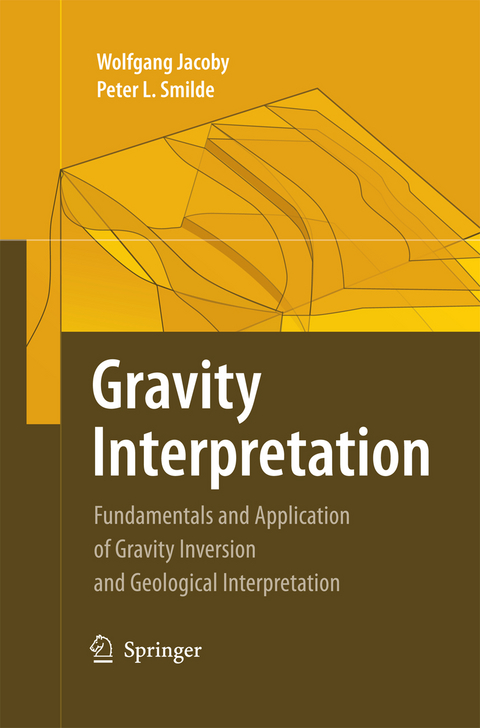
Gravity Interpretation
Springer Berlin (Verlag)
978-3-642-44850-8 (ISBN)
Gravity interpretation involves inversion of data into models, but it is more. Gravity interpretation is used in a "holistic" sense going beyond "inversion". Inversion is like optimization within certain a priori assumptions, i.e., all anticipated models lie in a limited domain of the a priori errors. No source should exist outside the anticipated model volume, but that is never literally true. Interpretation goes beyond by taking "outside" possibilities into account in the widest sense. Any neglected possibility carries the danger of seriously affecting the interpretation. Gravity interpretation pertains to wider questions such as the shape of the Earth, the nature of the continental and oceanic crust, isostasy, forces and stresses, geol- ical structure, nding useful resources, climate change, etc. Interpretation is often used synonymously with modelling and inversion of observations toward models. Interpretation places the inversion results into the wider geological or economic context and into the framework of science and humanity. Models play a central role in science. They are images of phenomena of the physical world, for example, scale images or metaphors, enabling the human mind to describe observations and re- tionships by abstract mathematical means. Models served orientation and survival in a complex, partly invisible physical and social environment.
Wolfgang Jacoby forscht zunächst in Kanada, dann an der Goethe-Universität Frankfurt und seit 1984 an der Johannes-Gutenberg Universität Mainz als Professor für Geophysik und Geodynamik. Seine Schwerpunkte sind Rohstoffexploration und Plattentektonik und seit 2002 Ressourcen, ihren Verbrauch und die Konsequenzen des exponentiellen Wachstums. Er war bisher Herausgeber des Journal of Geodynamics (Pergamon Press, später Elsevier Science), Sektionssprecher Geodynamik in der European Geoscience Union (EGU) sowie Organisator und Vorsitzender vieler Fachtagungen.
Fundamentals of Gravity, Elements of Potential Theory.- Observations and Field Activities.- Gravity Anomalies and Disturbances: Reductions and Analyses.- Qualitative Interpretation.- Quantitative Interpretation.- Optimization and Inversion.- Erratum.
| Erscheint lt. Verlag | 23.9.2014 |
|---|---|
| Zusatzinfo | XX, 395 p. |
| Verlagsort | Berlin |
| Sprache | englisch |
| Maße | 155 x 235 mm |
| Gewicht | 635 g |
| Themenwelt | Naturwissenschaften ► Geowissenschaften ► Geografie / Kartografie |
| Naturwissenschaften ► Geowissenschaften ► Geologie | |
| Naturwissenschaften ► Geowissenschaften ► Geophysik | |
| Schlagworte | Formation • Geodynamics • Geophysics • Gravity • Integration • Inversion |
| ISBN-10 | 3-642-44850-X / 364244850X |
| ISBN-13 | 978-3-642-44850-8 / 9783642448508 |
| Zustand | Neuware |
| Haben Sie eine Frage zum Produkt? |
aus dem Bereich


